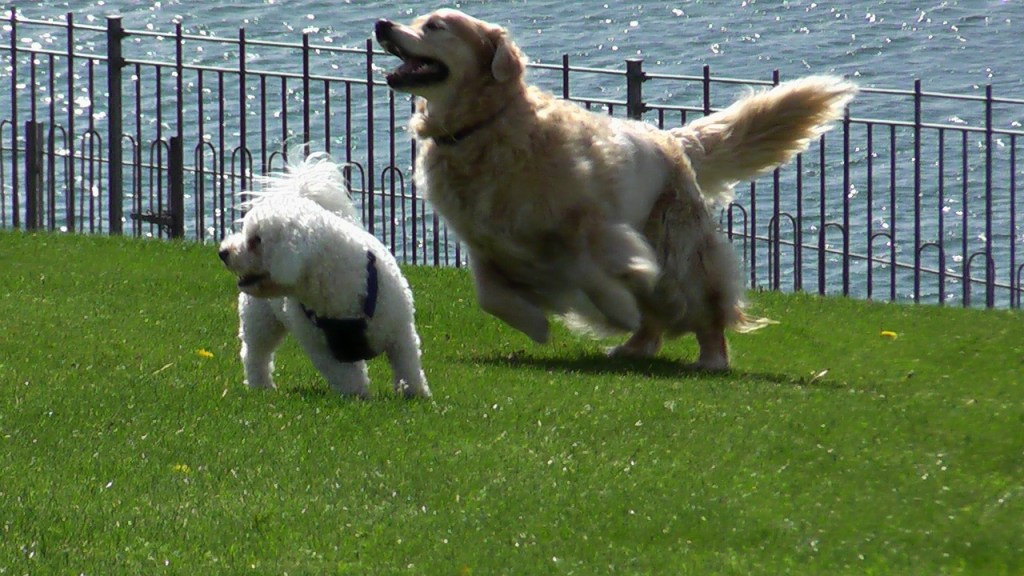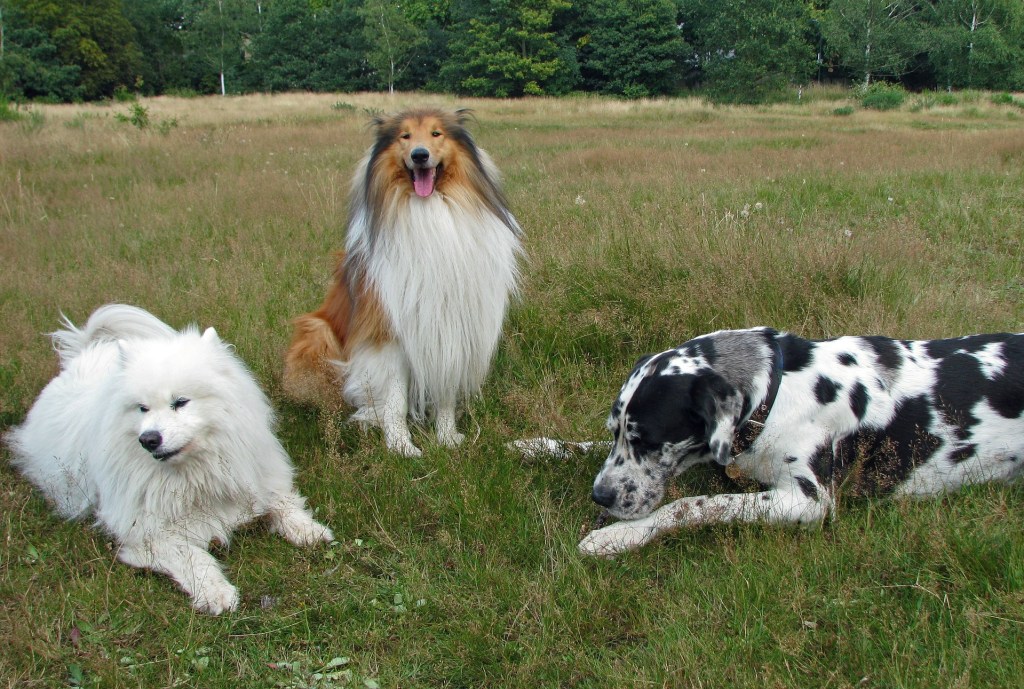Every human year equals seven dog years; it's an equation with which we're all familiar. This is known as the seven-year rule.
Except, it's not accurate.
Understanding how your dog ages isn't quite as easy as multiplying his age by seven.

Dogs develop and mature much faster than humans do. In fact, the first year of a dog's life equals about 15 human years. Once that first year has passed, the dog's size and breed largely determine how it ages.
Generally speaking, small dogs live longer lives than large dogs. Researchers at Germany's University of Göttingen found that an increase of 4.4 pounds in body mass translated to one month less in life expectancy when they analyzed the ages of death in 74 different dog breeds.

The fact that small dogs (Miniature Poodle, Bichon Frise, Maltese) are longer-lived than their larger counterparts (Saint Bernard, German Shepherd, Labrador Retriever, Irish Setter) is an interesting reversal of what happens in nature, where larger animals tend to enjoy longer lifespans. However, since dogs come in a huge variety of shapes and sizes, thanks to selective breeding, their lifespans differ considerably within the species.
Dogs that weigh more than 50 pounds, such as Great Danes, require more time to mature. According to the Great Dane Club of America, the average life expectancy of Great Danes are about 7-10 years.
Dogs that weigh less than 20 pounds mature faster and have a longer adulthood. So, whereas a Great Dane might reach middle age at six, a Chihuahua, due to its significantly longer lifespan, won't reach middle age quite as early on.

And according to an article the AKC posted, "Canine gerontology is a burgeoning field of science, as dog lovers are looking to not only extend the time they have with their pets but to improve the quality of that time. The Dog Aging Project is studying the aging process in dogs, using geroscience research to "delay aging and promote healthy longevity." Research in geroscience has made tremendous strides over the past several years. Interventions have been discovered that are capable of slowing aging and extending lifespan in small mammals such as mice and rats. These same interventions could provide our pets with several years of additional healthy, youthful life.
Ready to do some math? Dog behaviorist Cesar Millan offers the following method for calculating your dog's age. Subtract two from your dog's age, multiply that number by four, and add 21.
Alternatively, Pedigree offers a dog-age calculator. Check it out here.
WATCH NOW: Donate Money to Pet Shelters by Playing Pokemon Go




